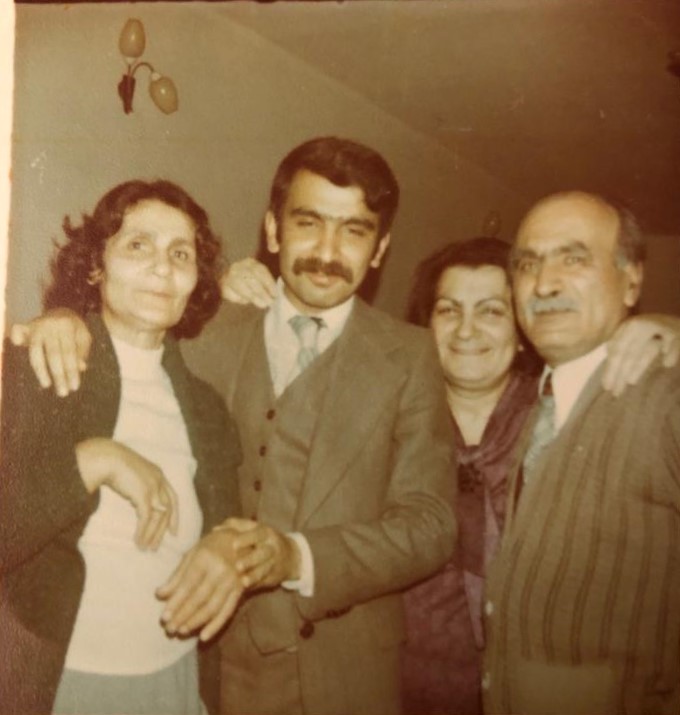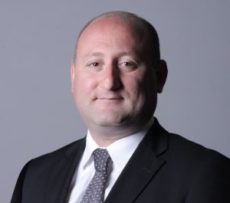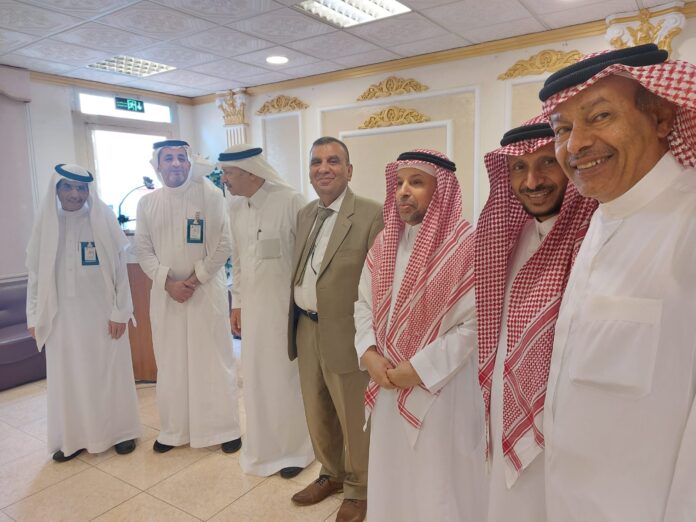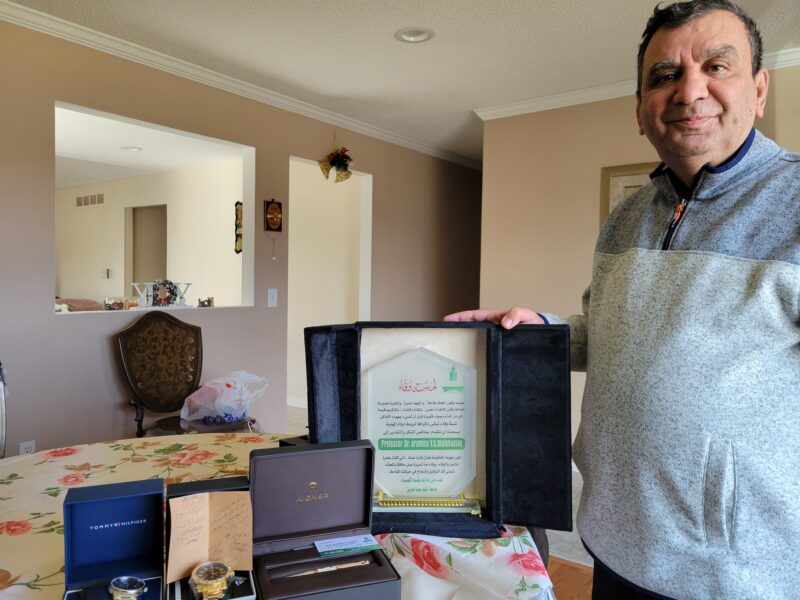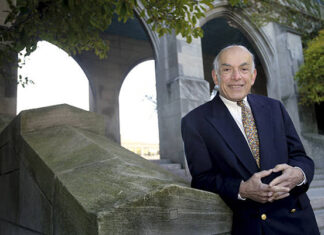STERLING HEIGHTS, Mich. — Armenians have made quite a name for themselves throughout the centuries and throughout the world for their expertise in science, business, and the arts. Whether in the Middle East, the Russian sphere, or the Western world, Armenians have been bankers to sultans, military advisors to czars, and physicians to senators. Arab rulers since the rise of Islam have valued Armenian advisors for their intelligence and their ability to serve as a bridge between the Western and Eastern societies.
Dr. Aramice Y. S. Malkhasian has followed in those footsteps, recently retiring from an extensive career in Iraq, Saudi Arabia, England, Canada, and the US, as a chemistry professor and research scientist. Among his proudest achievements were his 12 years teaching at King Abdul Aziz University in Saudi Arabia, where he gained the respect of the Saudis and upheld the Armenian reputation for learning, intelligence, and excellence as a valued minority in Arab society.
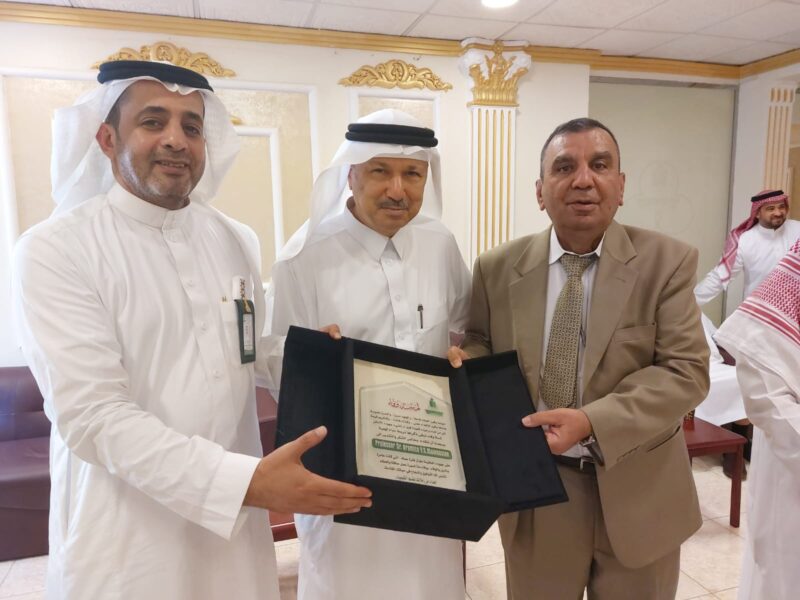
Baghdad Roots
Aramice Yerwant-Sarkice Malkhasian was born in Baghdad, Iraq, in the time of King Faisal II. Both of his parents were born in Baghdad to Armenian genocide survivors; his grandfather was a native of Moush and his grandmother was from Akshehir. After attending a local Armenian elementary school, he graduated from an Iraqi state secondary school, and then went to the University of Sulaymaniyah, in the Kurdistan region of northern Iraq, where he earned his bachelor’s degree in chemistry in 1974. Coming from a family which highly valued education, his late sister Beatrice Malkhasian graduated from the College of Education for Women at the University of Baghdad, and worked as secretary to the first female Minister of Higher Education in Iraq, Dr. Suad Khalil Ismail, who served in the Iraqi Cabinet from 1969-1972. (Beatrice moved to the US in 1980 where she worked for Gulf Data and upon retirement served as secretary to the Board of Trustees of the Ararat Home in Los Angeles for many years.) Malkhasian stresses that his paternal aunt, Dikranouhi Malkhasian, was a major support to the whole family including Ar,amice and Beatrice.
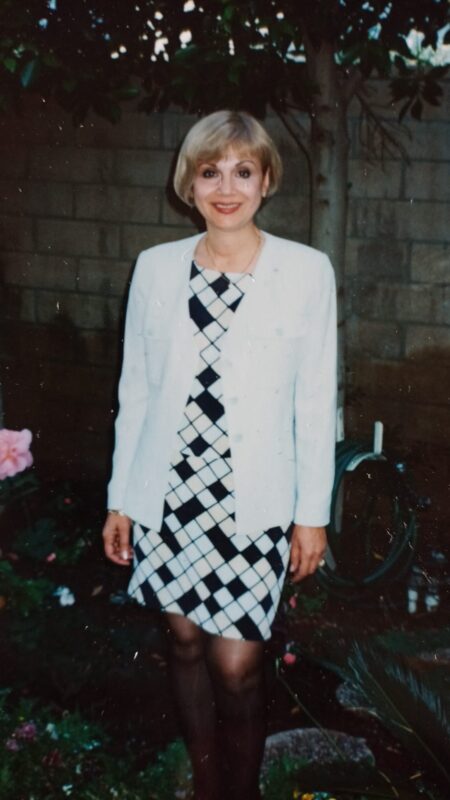
Earning his master’s degree at the University of Baghdad in 1977, he then obtained a position working at the same university, where he remained for three years. During that time, he had the opportunity to work with the world-renowned Romuald Zalewski, one of the highest-honored and awarded scientists in Poland, who was working as a visiting professor in Iraq at the time. The two were able to have their study on acidity functions of organic molecules published.
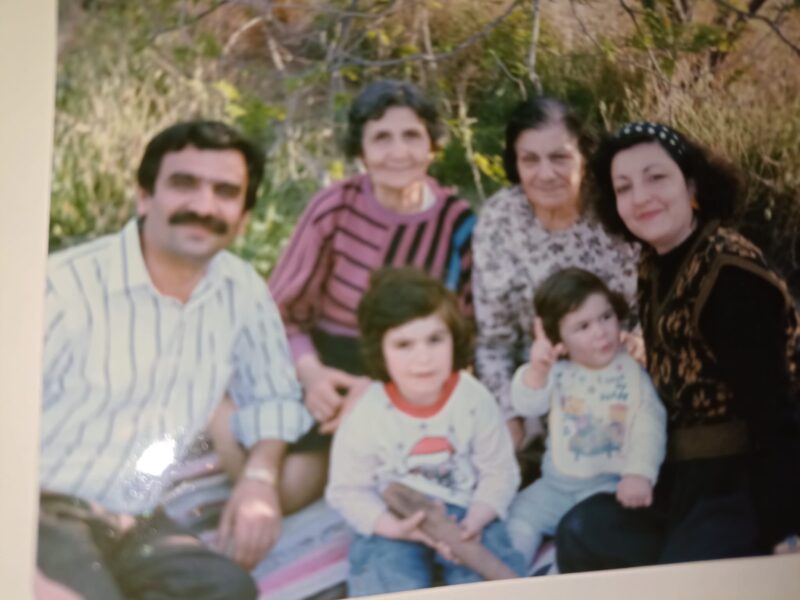
In 1981, the Iraqi government granted him a scholarship to study in Canada, where he earned his Ph.D. in 1985 from Concordia University in Montreal. There, he studied with noted chemist Dr. Cooper H. Langford, who Malkhasian praised as “one of the great scientists,” as well as Dr. Bryan Hollebone.
